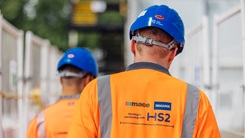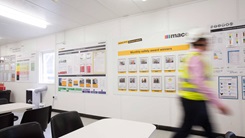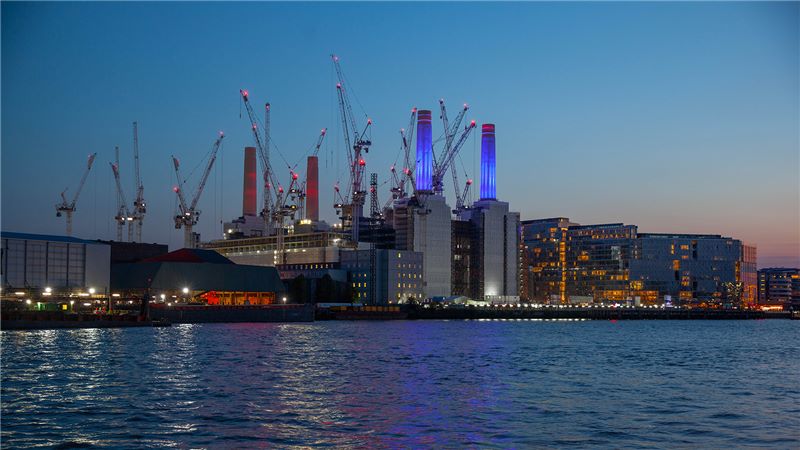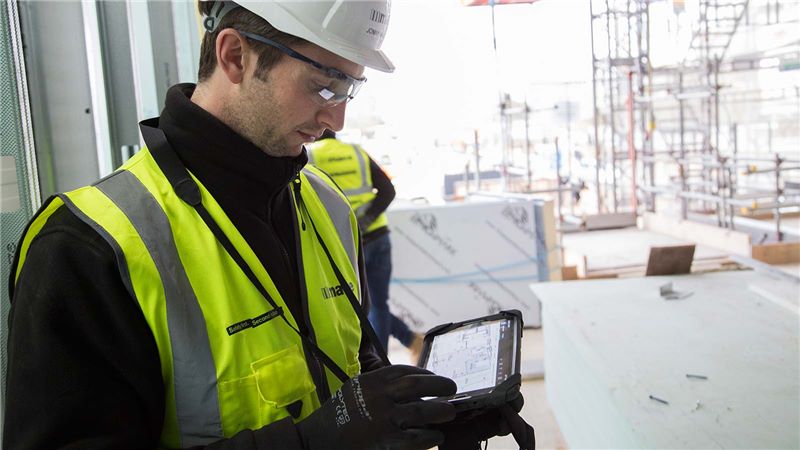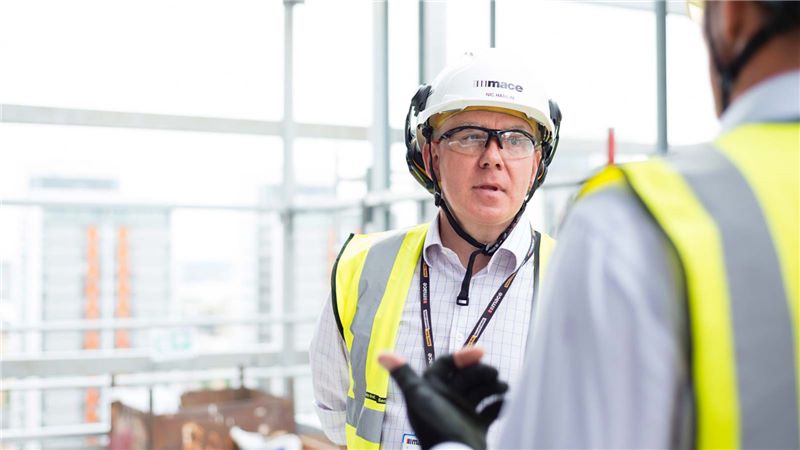Does vertical integration hold the key to greater productivity in the construction industry?
What do Taylor Swift and SpaceX have in common? Not only are they both big success stories, but they also have both adopted a vertically integrated approach to their supply chain.
Taylor Swift’s production company owns her booking agency, management team, copyright, tour production, dancers and crew, helping them to retain tight control over quality and customer service. Similarly, SpaceX has been able to scale so much, in part, because it bought out and directly manages its value chain. Can construction - an industry notorious for its long, complex and fragmented supply chains - learn from these examples?
An ‘enterprise approach’ to boosting productivity
It is widely recognised that the UK construction industry has a productivity gap. According to the Construction Leadership Council (CLC), it lags 13.5% behind the wider economy when it comes to the official productivity measure. If it were to close that gap, the industry would be able to generate an additional £45bn a year for the wider economy. One of the recommendations the CLC makes to help close this gap is the earlier integration of teams. The Project 13 initiative proposed something similar.
Project 13 seeks to develop a new business model based on an enterprise approach moving away from transactional arrangements. One of the foundational papers for Project 13 by the Institution for Civil Engineers (ICE), ‘From Transactions to Enterprises’, identified two of the root causes for construction’s poor productivity as disintegration and disaggregation. The separation of design and construction and the breaking up of projects into hundreds of sub-contracts can impede the flow of knowledge and best practice between different stakeholders adding cost and uncertainty and hampering innovation.
Carbon and time savings through integration
At Mace, we have seen these benefits first hand through our own Specialist Services business that provides MEP in-house. Through an integrated approach we have been able to provide an innovation ecosystem which has allowed us to create a collaborative environment between construction and M&E teams, which leads to best-in-class solutions. At Heathrow’s Cargo Tunnel, 730 MEP modules were manufactured off-site, achieving 5,000,000 kgCO₂e of carbon savings.
Through such an approach, teams gain a comprehensive understanding of the entire project, from construction planning, to coordination, to M&E system integration. This in turn leads to efficiency gains over the long term through the culture of collaboration and continuous improvement this process naturally creates. Not to mention improvements in quality and safety. Ultimately, this integration gives clients confidence in project delivery, reducing the risk of delays or failures caused by supply chain insolvency.
Boosted certainty, productivity, health and safety
Construction, by its very nature, is unlikely to reach the levels of vertical integration seen in other industries, like petrochemicals, aerospace, advanced manufacturing, or even the entertainment industry. But initiatives like Project 13 and our own experience with Mace Construct Specialist Services show that a more integrated supply chain can help boost certainty and productivity, improve health and safety, reduce carbon and create a more financially resilient industry.



